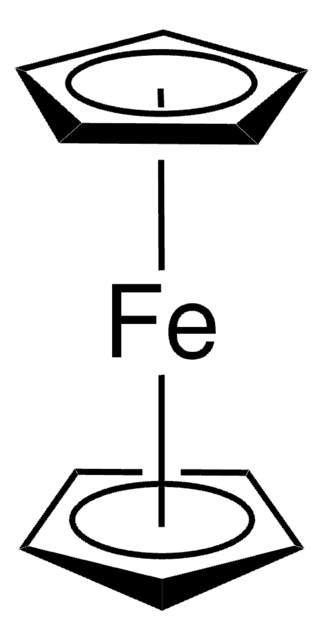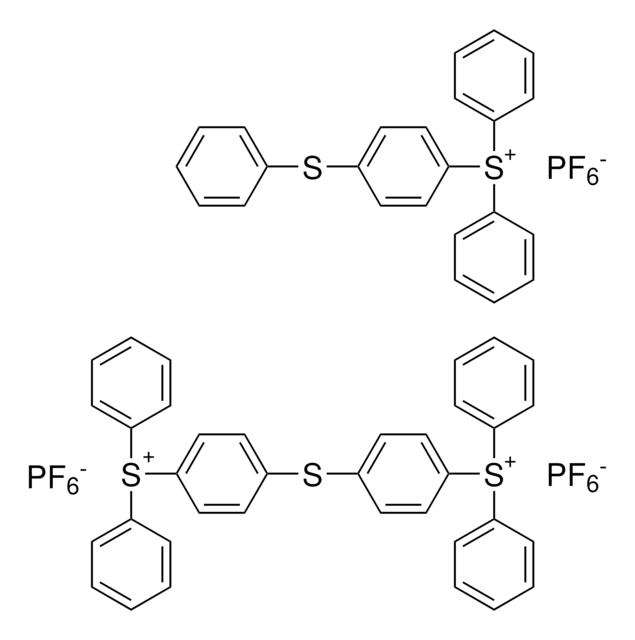455946
Potassium hexacyanoferrate(III)
99.98% trace metals basis
Synonym(s):
Potassium ferricyanide, Red prussiate
About This Item
Recommended Products
Quality Level
Assay
99.98% trace metals basis
form
crystalline
impurities
≤250.0 ppm Trace Metal Analysis
SMILES string
[K+].[K+].[K+].N#C[Fe-3](C#N)(C#N)(C#N)(C#N)C#N
InChI
1S/6CN.Fe.3K/c6*1-2;;;;/q;;;;;;-3;3*+1
InChI key
MIMJFNVDBPUTPB-UHFFFAOYSA-N
Looking for similar products? Visit Product Comparison Guide
Related Categories
Application
Signal Word
Warning
Hazard Statements
Precautionary Statements
Hazard Classifications
Aquatic Chronic 2 - Eye Irrit. 2
Supplementary Hazards
Storage Class Code
11 - Combustible Solids
WGK
WGK 2
Flash Point(F)
Not applicable
Flash Point(C)
Not applicable
Personal Protective Equipment
Choose from one of the most recent versions:
Already Own This Product?
Find documentation for the products that you have recently purchased in the Document Library.
Customers Also Viewed
Articles
Oxidation and reduction reactions are some of the most common transformations encountered in organic synthesis
Our team of scientists has experience in all areas of research including Life Science, Material Science, Chemical Synthesis, Chromatography, Analytical and many others.
Contact Technical Service






